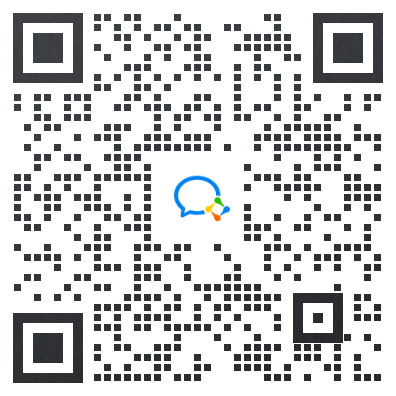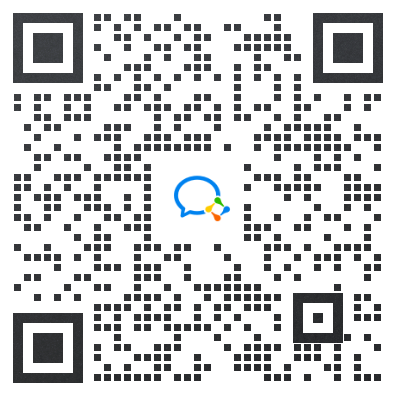2019.04.23 14:03
以下是新东方在线雅思网给大家整理的2019年雅思阅读模拟试题(1),雅思阅读考试备考多做模拟题也是很重要的,以下分享的内容希望对大家的雅思阅读备考提供帮助,更多雅思阅读备考内容,欢迎随时关注新东方在线雅思网。
This reading test contains 14 questions. You should spend about 20 minutes on this task.
To make it more authentic, download the test and do it with pen and paper.
Read the passage below and answer 14 questions.
Bird Body Language
A
Birds are becoming popular as pets, but unlike with more common pets, owners of birds are often not familiar with the behavioural patterns of the animal which allow them to recognise what the pet needs and wants. For example, most of us can recognise the behaviour a dog exhibits when he is hungry or wants attention, but how many of us know how birds go about showing the same feelings? By learning about the behavioural patterns of birds, its owner can forge a stronger relationship with his pet. Owners can learn how to read bird body language, including movements of the eyes, wings, tail and beak. In addition, the sounds the bird makes can also indicate the mood, desires, and requirements of the pet.
B
A bird’s eyes are different from a human’s. While both birds and humans have pupils and irises (the black and coloured parts respectively), birds have the ability to control the size of their pupils by enlarging and reducing their irises quickly. This behaviour, flashing, is something birds may do when they are angry, interested, or frightened.
C
A bird also communicates through the use of their wings. A bird may lift or open his wings as a sign of happiness. But if the bird starts opening and closing their wings, it may signal anger or pain. If a bird fails to fold its wings against its body, and instead lets them hang by their side, the bird may be ill. Healthy adult birds will typically tuck their wings against their bodies when they are at rest.
D Birds often use their tail feathers to communicate, so an understanding of this behaviour will help the pet’s owner. A bird may move his tail from side to side, called wagging, to express happiness (similar to dogs in behaviour and meaning). Happiness is also the emotion expressed by other kinds of tail movement, such as up and down. However, if a bird fans his tail feathers out, it is usually a way to show anger or aggression.
E
While the bird’s beak is used mainly for eating and grooming, a bird may also communicate by using beak movements. For example, a bird may click his beak once as a greeting, and several clicks can be taken as a warning. Birds may sometimes bite, but it is often difficult to determine the reason behind it – birds bite as a way to defend territory, show anger or express fear.
F
Finally, the sounds a bird makes are very important in communication. Birds use vocalisations to communicate with each other (and with their owners). Singing is the sign of a happy bird, and many birds love to sing when others are around. Birds may also purr, though this is not the same as a cat's purr. A bird's purr sounds more like a low growl, and may indicate annoyance. Finally, a bird may click his tongue against his beak, and this often indicates a desire to be picked up and petted.
Questions
Complete the summary below.
Choose NO MORE THAN TWO WORDS from the passage for each answer.
Part of the body
Eyes
Wings
Wings
Wings
Tail
Tail
Beak
Beak
Movement
Rapid change ____(1)____ size of pupils, called ____(2)____
Wings in an ____(3)____ position
____(4)____ of wings
Wings ____(5)____
____(7)____ in any direction
Fanning out
One click
Several clicks Reason
Anger, interest
Contentment
Anger or pain
____(6)____
Happiness
Aggression
____(8)____
Warning
The Reading Passage has six paragraphs, A-F.
Which paragraph contains the following information?
Write the correct letter A-F in boxes 9-14 on your answer sheet.NB You may use any letter more than once.

扫码添加助教号
免费获取最新雅思口语题库
